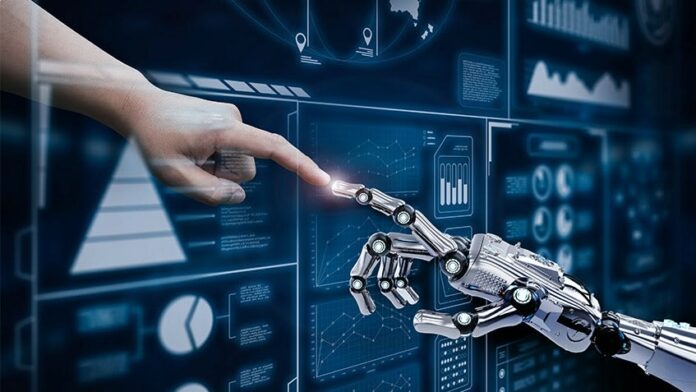Advanced machines never fail to leave men in appreciation. However, only researchers who worked behind the machines know how much effort, expense, and knowledge it took to become a stage stealer. It’s very nerve-wracking to train an algorithm that employs different features in a computer. But a workaround using transfer learning has been found by technology geeks. Besides, businesses are now unveiling a blend of technologies such as neural networks for deep learning and machine learning to come up with futuristic machines.
The myth that number-crunching gets cheaper all the time always surrounds us. According to Moore’s law, with the amount of computing power available at a given cost, the number of components that can be pressed onto a microchip of a given size can double every two years. This definition could indicate the view that a machine’s training costs are falling. That is not valid, however. Just because knowledge is everywhere and is readily accessible does not mean that they are in any way free to use and inexpensive. Training an algorithm takes much more time than any other computational operation, even when the data is open for accessibility. Industry experts expect global artificial intelligence investment to cross US$100 billion in 2024, twice what it is today.
The benefit of machine learning and artificial intelligence algorithms is that most naturally and humanly possible, they can easily understand knowledge, act, and communicate with our environment. But the output of the models is highly dependent on the allocated calculation power and the quantity and quality of the data. A study conducted by Dimensional Research shows that about 96 percent of organizations face a problem with the quality and quantity of training data. Besides, the study also claims that to work effectively, most machine learning model projects need more than 100,000 data samples.
A machine learning system is still programmed with standard one-and-zero logic, but it can change its behavior based on the patterns it finds in the sample data to achieve specialized goals. Machine learning algorithms need to be trained with good data from now on, which ensures the knowledge is tailored according to the problem you are dealing with.
Fortunately, transfer learning can benefit as it takes information learned from a pre-trained model that has been used to solve a particular challenge and applies it within the same domain to a different but similar problem. Also, a mixed variety of technologies such as neural networks for deep learning and machine learning often make the training process less burdensome.
Transfer learning is a form of machine learning where a model built for a task is reused on a second task as the starting point for a model. In deep learning, the technology is seen as a common method where pre-trained models are used as the starting point for computer vision and natural language processing tasks, given the vast computational and time resources needed to build neural network models on these problems and the enormous leaps in the capacity they provide on related problems.
Remarkably, with the aid of transfer learning, you start from patterns that have been learned while solving a different problem instead of beginning the learning process from scratch. You exploit previous learning in this way and stop starting from zero. Transfer learning is commonly expressed by the use of pre-trained models that have been trained to solve a problem similar to the one we want to solve on a large dataset.
Follow and connect with us on Facebook, Linkedin & Twitter

